Prickly pear cactus, adored not only for its striking aesthetic but also for its succulent, sugary fruit, presents a culinary fascination. Its vibrant colors and unique texture appeal to both chefs and health enthusiasts alike. Understanding the peculiarities of this intriguing plant is essential, especially when it comes to safely harvesting its delectable fruits. This guide will take you through the indispensable steps and techniques for cutting prickly pear cactus, emphasizing safety and precision.
Before you embark on your prickly pear cutting venture, it’s important to familiarize yourself with the cactus itself. These delightful fruits, known scientifically as Opuntia, come in various hues, from the vivid magenta to the sunny yellow. They are not merely visually stunning; their flavor profile is refreshingly sweet, reminiscent of a cross between a watermelon and a kiwi. However, their skin, strewn with tiny spines known as glochids, demands careful handling—a requisite for a successful harvesting endeavor.
Preparation: Essential Tools and Precautions
Before putting knife to cactus, one must ensure optimal preparation. The right tools and precautions are critical to the process, enabling a seamless and safe experience. Here are the essential items you will need:
- Sharp Knife: A nimble, sharp knife will help in making clean cuts, minimizing damage to the fruit and allowing for a more enjoyable experience.
- Cutting Board: A stable cutting surface will prevent accidents and ensure that you can work with confidence.
- Gloves: To avoid the prickly irritation from glochids, wearing a pair of thick gloves—preferably leather—will protect your hands effectively.
- Tongs: Utilizing tongs can assist in holding the fruits steady, reducing the chances of direct contact with the skin.
Equipping yourself with these tools not only enhances safety but also adds an element of readiness to your culinary journey. Such preparation is foundational for the art of cutting and enjoying prickly pear cactus.
Identification: Choosing the Right Fruits
Before cutting, it is vital to identify ripe prickly pears, as they are best enjoyed at their peak. Ripe prickly pears exhibit a firm texture but yield slightly when gently squeezed. A vibrant color—be it ruby red, purple, or bright yellow—indicates readiness. Conversely, ones that appear dull or overly soft may be overripe and should be avoided.
Harvesting typically occurs during the late summer to autumn months, but the specific timing can depend on your local climate. Thus, assessing the seasonal variations in your area can also aid in identifying the optimal time for harvest.
Technique: How to Safely Cut the Prickly Pear
Having prepared adequately and identified the perfect prickly pear, it’s time to delve into the art of cutting. This meticulous process, when executed properly, will yield captivating slices of vibrant fruit.
Start by wearing your gloves to shield your hands from glochids. Using tongs, gently lift the prickly pear and position it on your cutting board. Ensure the base of the fruit lies flat against the board. This will prevent it from rolling and potentially causing accidents.
Using your sharp knife, begin by cutting off both ends of the prickly pear. This technique stabilizes the fruit for your subsequent cuts. With the flat surfaces created at both ends, the next step involves slicing off the skin. Start at the top and carefully slide your knife down along the sides, removing the outer layer without compromising the juicy interior. This can be done in a spiral motion, following the natural curvature of the fruit.
Once the skin is removed, the vibrant flesh of the prickly pear is revealed. Now, you can cut the fruit into various shapes—be it rounds, wedges, or chunks—depending on your culinary intentions. Each piece showcases the fruit’s stunning fusion of colors, further enhancing its visual appeal.
Utilization: Enjoying the Sweet Rewards
After successfully cutting the prickly pear, it is time to revel in the delicious bounty. The succulent flesh can be consumed fresh, added to fruit salads, blended into smoothies, or transformed into jellies and preserves. The culinary possibilities are vast, appealing not just to the innately adventurous but also to those seeking nutritious ingredients for their diet.
Additionally, prickly pear cactus is brimming with health benefits. Rich in antioxidants, vitamins, and dietary fiber, this fruit not only delights the palate but also contributes positively to overall health. It is known to regulate blood sugar levels and promote hydration, making it a superlative addition to any diet.
Conclusion: Embracing the Cactus Experience
Cutting prickly pear cactus may seem like a daunting task, but with preparation, the right tools, and careful technique, it can become a rewarding and enjoyable experience. The allure of its vibrant appearance, combined with the complex flavors it brings to the table, makes the effort worthwhile. The secret lies in understanding its unique nature and respecting its spiky defenses, ultimately transforming a simple task into a culinary adventure. Through careful harvesting and preparation, the prickly pear cactus can be celebrated not only for its aesthetic charm but also for its delightful flavors and health benefits.
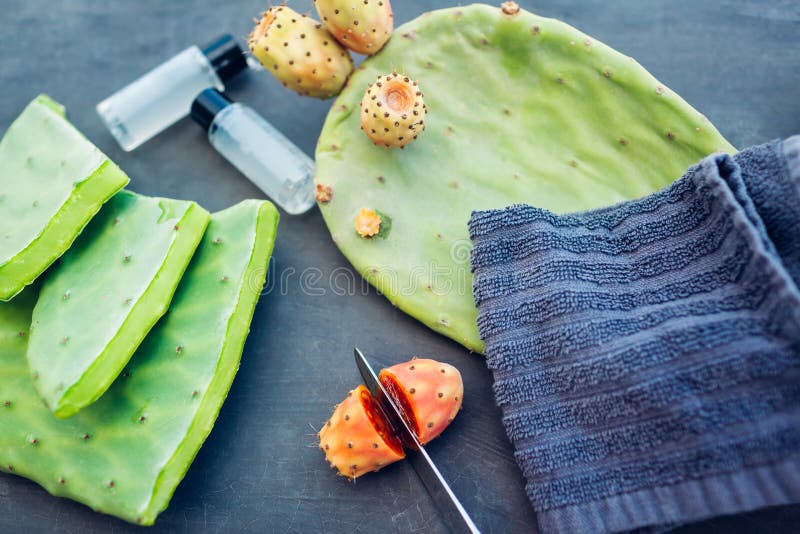
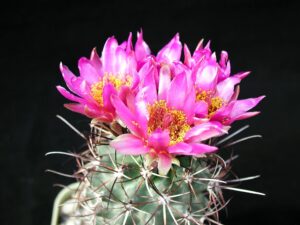
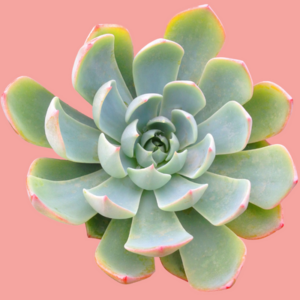
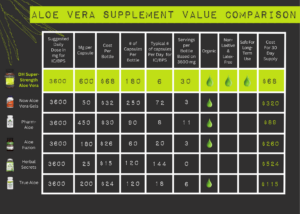
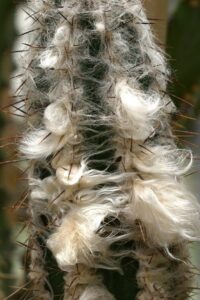
Leave a Comment